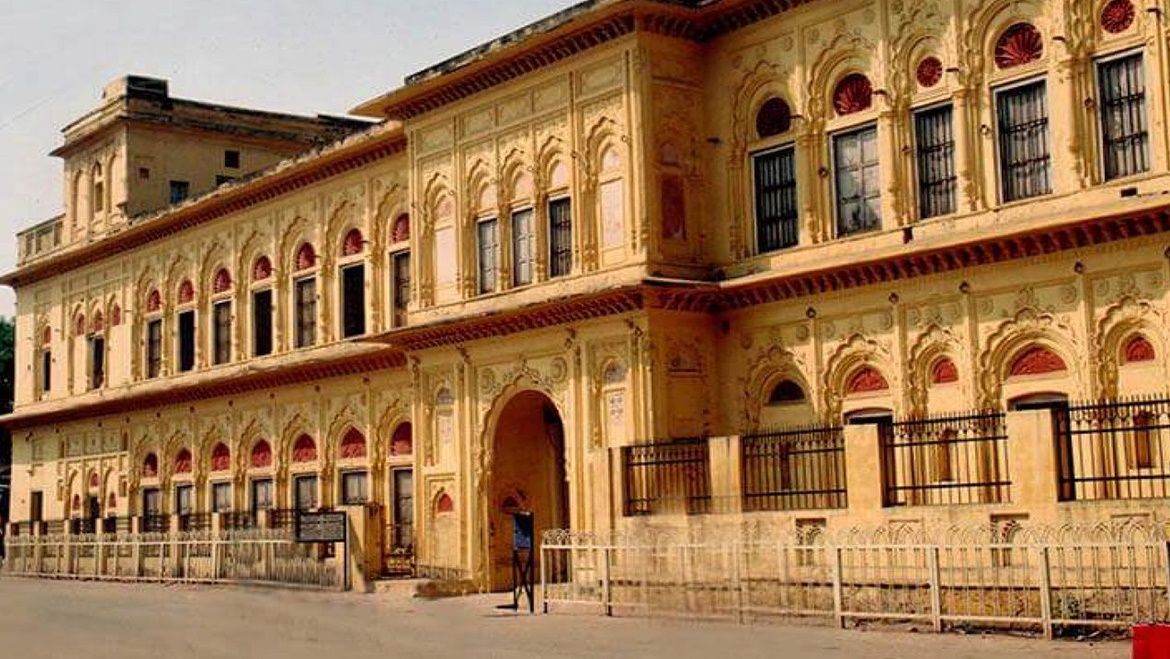Identifying the oldest residential buildings in India can be a bit challenging due to the lack of comprehensive records and the fact that many structures have been modified or rebuilt over the centuries. However, here is a list of some of the oldest residential buildings in India
Each of these residential buildings holds a unique place in India’s history and architectural heritage, showcasing the diverse cultural influences that have shaped the country over the centuries.
Mattancherry Palace (Dutch Palace), Kochi, Kerala
Built around 1555 by the Portuguese and later renovated by the Dutch, Mattancherry Palace served as the residence of the rulers of Kochi. It is renowned for its exquisite murals depicting Hindu mythology and the Rajas of Kochi. The palace stands as a testament to the rich cultural heritage of Kerala and its architectural splendor from the colonial era.
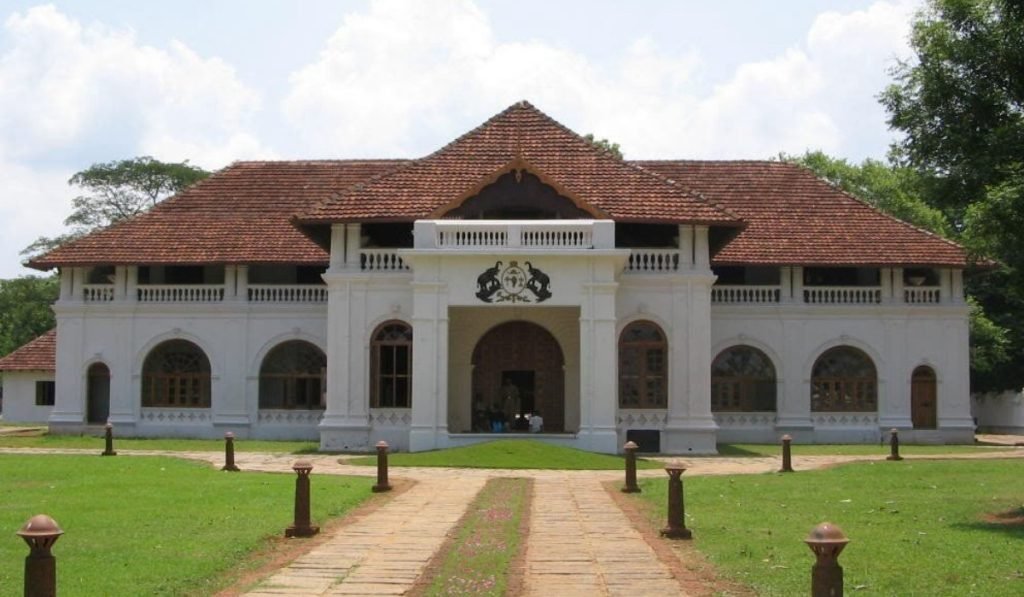
The Mattancherry Palace, also known as the Dutch Palace, is a historic gem nestled in Kochi, Kerala. Built around 1555 by the Portuguese and later renovated by the Dutch, it boasts a fusion of Kerala and European architectural styles. The palace is renowned for its captivating mural paintings, which vividly depict scenes from Hindu mythology and portraits of the Rajas of Kochi. These vibrant murals offer a glimpse into Kerala’s rich cultural heritage and artistic legacy. Today, the palace serves as a museum, showcasing an impressive collection of artifacts, royal costumes, and antiquities that reflect the opulent lifestyle of Kochi’s rulers. A visit to the Mattancherry Palace is a journey back in time, offering visitors a profound insight into the history, culture, and artistry of Kerala’s royal past.
Cheena Kottai (Chinese Fort), Chennai, Tamil Nadu
Constructed in the 16th century by the Portuguese, Cheena Kottai later served as the residence of British commanders and was used as a warehouse. Its name, meaning “Chinese Fort,” reflects its unique architectural style influenced by Chinese design. Despite its humble purpose today, it holds historical significance as one of the oldest structures in Chennai.
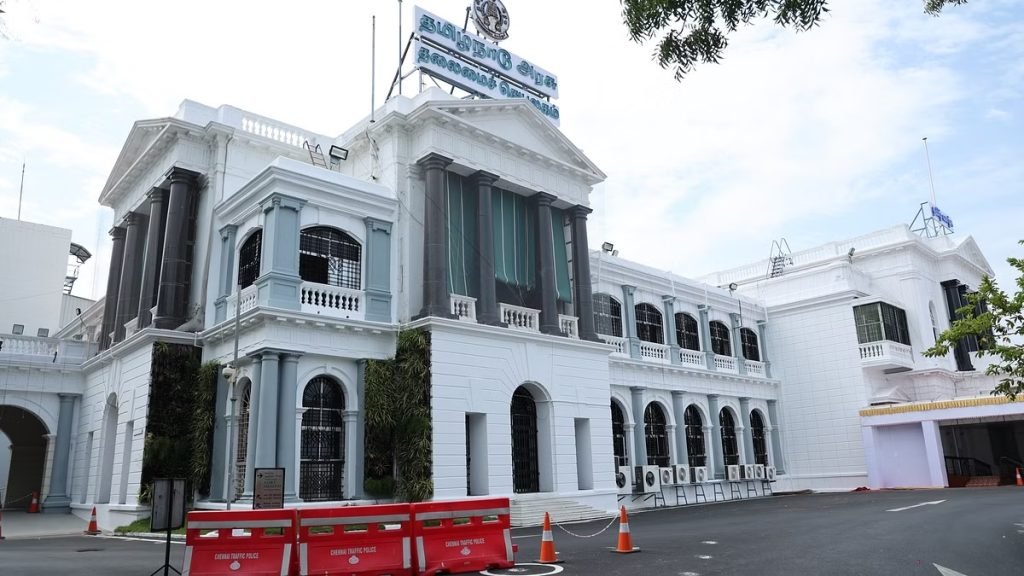
Cheena Kottai, also known as the Chinese Fort, stands as a silent witness to the colonial history of Chennai, Tamil Nadu. Constructed in the 16th century by the Portuguese, this fortification later served as the residence of British commanders and functioned as a warehouse. Despite its name, which translates to “Chinese Fort,” its architectural style is a blend of European and indigenous influences. The fort’s sturdy walls and bastions reflect its strategic importance in safeguarding the interests of various colonial powers in the region. Today, Cheena Kottai stands as a historical landmark, though its original purpose has evolved over time. It serves as a reminder of Chennai’s maritime history and its role as a hub of trade and cultural exchange during the colonial era, attracting visitors keen to explore its storied past.
Junagarh Fort, Bikaner, Rajasthan
Built in the early 20th century by Raja Rai Singh, Junagarh Fort houses several palaces and residential quarters. Its architecture blends Rajput and Mughal styles, making it a marvel of craftsmanship. It stands as a symbol of the valor and grandeur of the Rajput rulers of Bikaner.
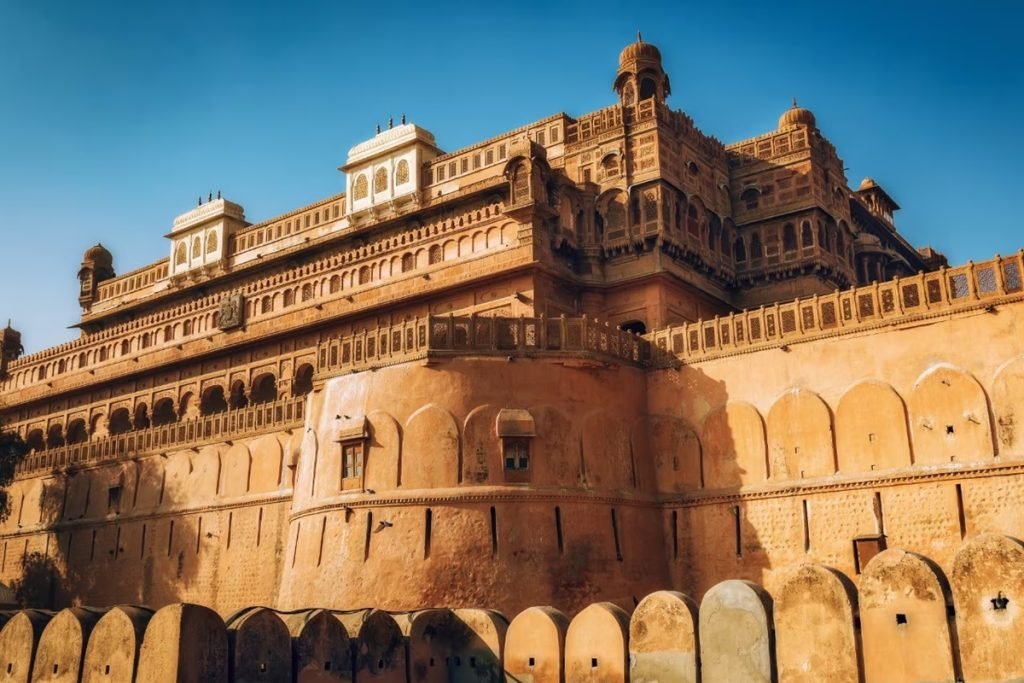
Junagarh Fort, nestled in the heart of Bikaner, Rajasthan, is a magnificent testament to the architectural prowess of the Rajput rulers. Constructed in the early 20th century by Raja Rai Singh, this imposing fortress encompasses a blend of Rajput and Mughal architectural styles. Its grandeur lies not only in its formidable walls and intricately carved facades but also in the elaborate palaces and residential quarters housed within. Junagarh Fort served as the seat of power for the Bikaner rulers, reflecting their valor and splendor. Today, it stands as a popular tourist attraction, offering visitors a glimpse into Rajasthan’s royal past through its ornate palaces, exquisite courtyards, and well-preserved artifacts. Exploring Junagarh Fort is akin to stepping back in time, immersing oneself in the rich history and cultural heritage of Rajasthan’s desert kingdom.
Le Colonial (David Hall), Fort Kochi, Kerala
Dating back to the 18th century, Le Colonial, formerly known as David Hall, was built by the Dutch and later served as the residence of British governors. Today, it houses an art gallery and cultural center, preserving its colonial-era charm and contributing to Fort Kochi’s vibrant cultural scene.

Le Colonial, formerly known as David Hall, is a charming colonial-era building nestled in the historic district of Fort Kochi, Kerala. Dating back to the 18th century, it bears witness to the cultural exchange between European colonizers and the local inhabitants. Originally built by the Dutch, it later served as the residence of British governors, reflecting its rich colonial history. Today, Le Colonial stands as a cultural hub, housing an art gallery and cultural center. Its serene courtyards, elegant architecture, and tranquil ambiance make it a favored destination for art enthusiasts and history buffs alike. Visiting Le Colonial offers a glimpse into Fort Kochi’s vibrant past and its enduring legacy as a melting pot of cultures. It stands as a testament to the region’s architectural heritage and its role in shaping Kerala’s cultural landscape.
Rani Mahal, Jhansi, Uttar Pradesh
Constructed in the 18th century, Rani Mahal was the residence of Rani Lakshmibai, the Queen of Jhansi. This palace stands as a symbol of her bravery and resistance against British colonial rule. It holds immense historical significance and is a pilgrimage site for admirers of Rani Lakshmibai.
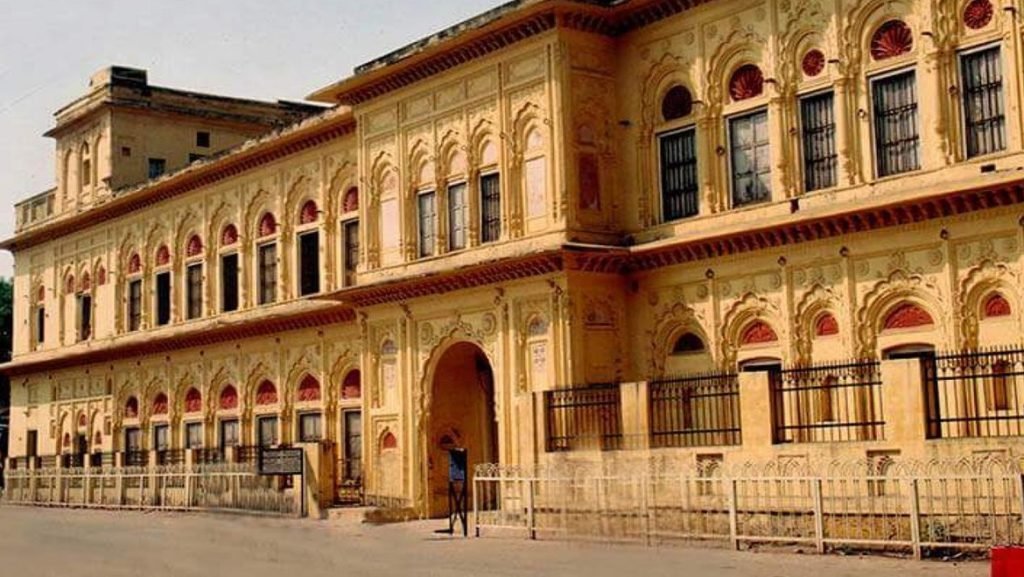
Rani Mahal, located in Jhansi, Uttar Pradesh, is a historic palace that holds great significance in Indian history. Constructed in the 18th century, it served as the residence of Rani Lakshmibai, the iconic Queen of Jhansi known for her valor and defiance during the Indian Rebellion of 1857. Rani Mahal stands as a symbol of her indomitable spirit and unwavering commitment to her people’s cause. Despite its relatively modest size, the palace exudes a sense of regal grandeur, with its elegant architecture and ornate interiors. Today, Rani Mahal stands as a poignant reminder of Jhansi’s rich heritage and the heroic legacy of Rani Lakshmibai. It attracts visitors from across the country, offering them a glimpse into the life and times of one of India’s most celebrated freedom fighters.
Thanjavur Maratha Palace, Thanjavur, Tamil Nadu
Built around the 17th century by the Maratha rulers, Thanjavur Maratha Palace is a sprawling complex that includes residential quarters and ceremonial halls. It showcases the grandeur of Maratha architecture and remains a prominent landmark in Tamil Nadu.

The Thanjavur Maratha Palace, situated in Thanjavur, Tamil Nadu, is a majestic architectural marvel that reflects the grandeur of the Maratha rulers. Constructed in the 17th century by the Maratha kings, it served as their official residence and administrative headquarters. This sprawling complex showcases a blend of Dravidian and Maratha architectural styles, featuring towering gateways, intricate carvings, and expansive courtyards. The palace is renowned for its impressive Durbar Hall, adorned with exquisite frescoes and elaborate motifs. It also houses a museum that displays a rich collection of artifacts, including royal regalia, sculptures, and manuscripts, offering visitors a glimpse into Thanjavur’s illustrious past. The Thanjavur Maratha Palace stands as a proud symbol of Tamil Nadu’s cultural heritage and architectural legacy, attracting tourists and history enthusiasts from around the world with its timeless beauty and historical significance.
Shaniwar Wada, Pune, Maharashtra
Constructed in the 18th century by the Peshwas, Shaniwar Wada served as the residential palace of the Peshwa rulers of the Maratha Empire. Despite being partially destroyed by fire, its ruins evoke the grandeur of Maratha architecture and stand as a reminder of Pune’s rich history.

Shaniwar Wada, located in Pune, Maharashtra, is an iconic historical monument that embodies the grandeur of the Maratha Empire. Built in the 18th century by the Peshwas, it served as the seat of the Peshwa rulers and the political center of the Maratha Confederacy. The palace complex boasted lavish gardens, ornate halls, and intricate architectural details, showcasing the opulence and power of the Maratha dynasty. However, much of Shaniwar Wada was destroyed in a fire in the 19th century, leaving behind evocative ruins that still captivate visitors today. Despite its partial destruction, Shaniwar Wada remains a symbol of Pune’s rich cultural heritage and its pivotal role in shaping Maharashtra’s history. Tourists flock to explore its remaining structures, including the imposing walls and the famous Shaniwar Wada fortification, to immerse themselves in the splendor of Maratha architecture and history.
Nedumkotta (Nedumkayam), Malappuram, Kerala

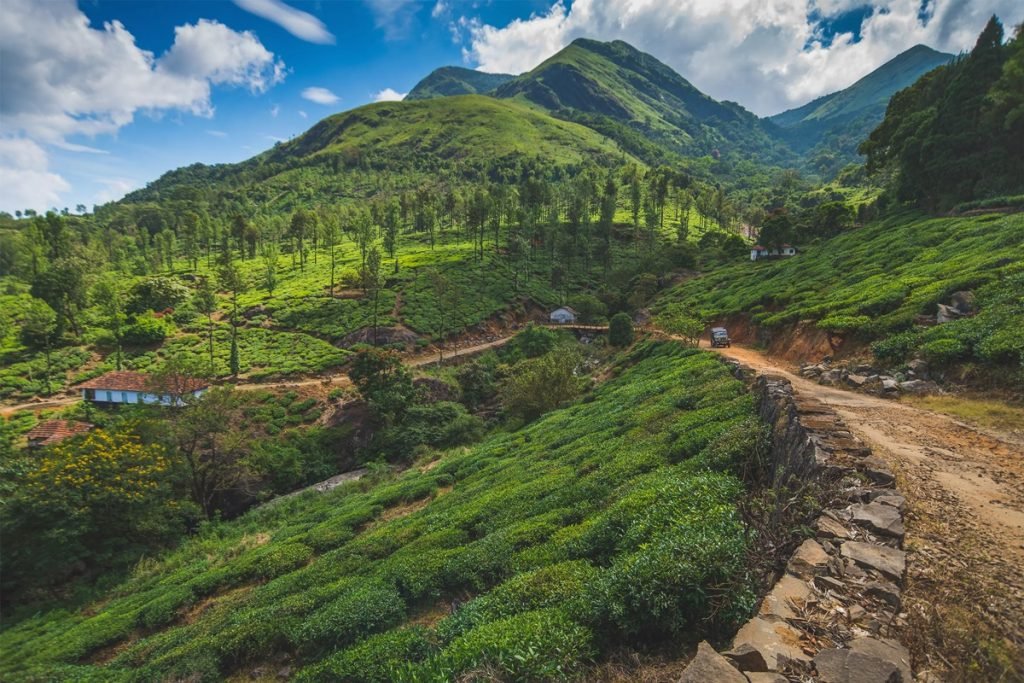
Believed to be one of the oldest fortresses in Kerala, Nedumkotta served as a residential and military structure. Its strategic location and sturdy construction reflect its significance in Kerala’s history, though its exact origins remain shrouded in mystery.Nedumkotta, also known as Nedumkayam, stands as a testament to Kerala’s rich history of fortifications and strategic military architecture. Believed to be one of the oldest fortresses in the state, Nedumkotta served as both a residential and military structure, guarding the strategic passes and trade routes in the Malappuram region. Its sturdy walls and strategic location made it a formidable stronghold, protecting the interests of various rulers who held sway over the area throughout history. Despite its antiquity, much about Nedumkotta remains shrouded in mystery, adding to its allure and intrigue. Today, the ruins of Nedumkotta serve as a reminder of Kerala’s martial past and attract visitors keen to explore its historical significance and architectural remnants. It stands as a silent sentinel, bearing witness to the ebb and flow of time in the lush landscapes of Malappuram.
Raigad Fort, Raigad, Maharashtra
Built in the 17th century by Chhatrapati Shivaji Maharaj, Raigad Fort includes residential structures along with military installations. Perched atop a hill, it served as the capital of the Maratha Empire and stands as a symbol of Shivaji’s vision and valor.
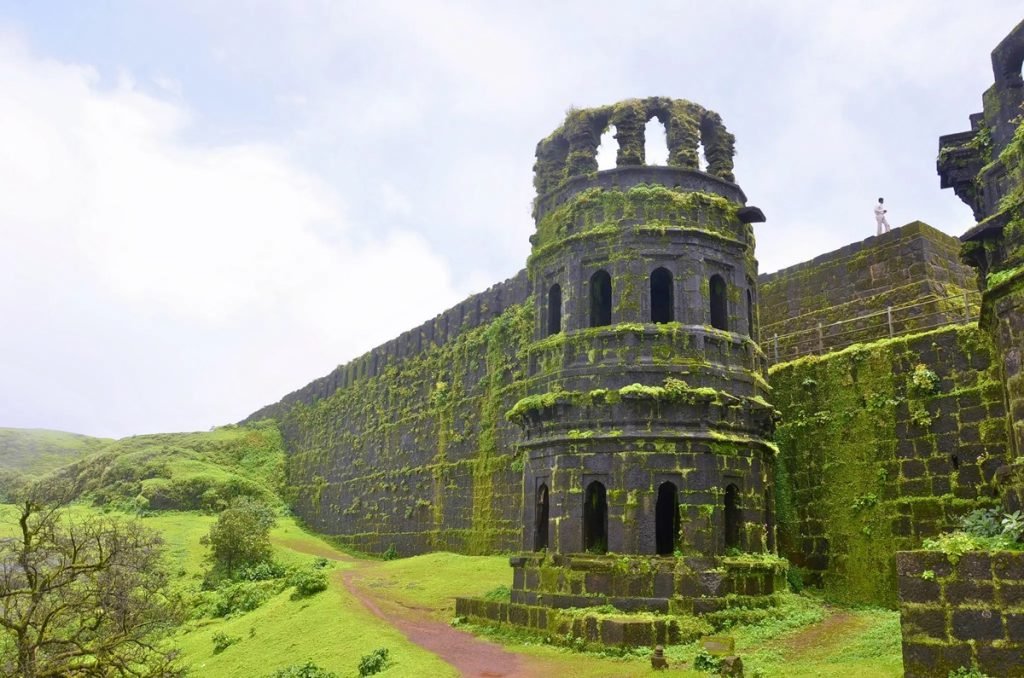
Perched atop a hill in Raigad, Maharashtra, Raigad Fort stands as a majestic testament to the valor and vision of Chhatrapati Shivaji Maharaj, the founder of the Maratha Empire. Constructed in the 17th century, this formidable fortress served as the capital of the Maratha Empire and played a pivotal role in Shivaji’s military campaigns against the Mughals. The fort’s strategic location and robust defenses made it virtually impregnable, earning it the moniker “the Gibraltar of the East.” Today, visitors can ascend to the fort via a series of steep steps or a scenic ropeway ride, immersing themselves in its rich history and panoramic vistas. The ruins of Raigad Fort evoke a sense of awe and reverence, offering a glimpse into Maharashtra’s storied past and the legacy of one of its most revered rulers, Chhatrapati Shivaji Maharaj.
Bhadra Fort, Ahmedabad, Gujarat
Built in the 15th century by Sultan Ahmad Shah I, Bhadra Fort originally served as the residential quarters for the royal family and later housed government offices. Its majestic architecture and historical significance make it a prominent landmark in Ahmedabad, reflecting the glory of Gujarat’s medieval era.

Bhadra Fort, situated in the heart of Ahmedabad, Gujarat, is a historic citadel that bears witness to the city’s rich heritage and cultural legacy. Built in the 15th century by Sultan Ahmad Shah I, the founder of Ahmedabad, this imposing fortress served as the royal residence and administrative center of the city. Enclosed within its massive walls are palaces, mosques, and a bustling marketplace, reflecting the diverse influences that have shaped Ahmedabad over the centuries. The fort’s architectural splendor and strategic significance made it a symbol of Gujarat’s power and prosperity during medieval times. Today, Bhadra Fort stands as a popular tourist attraction, drawing visitors with its majestic gateways, ornate carvings, and historical charm. It serves as a poignant reminder of Ahmedabad’s illustrious past and its enduring contributions to India’s cultural and architectural heritage.
